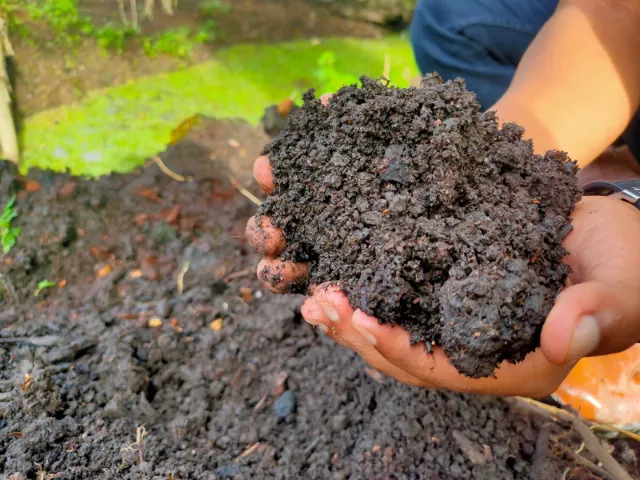Why we should try to be peat-free?
Written By Peter Piper
Peat is primarily sourced from lowland raised bogs. While these bogs cover only 3 percent of the earth’s surface, they represent the largest natural terrestrial carbon store. Metre for metre they store more carbon than any other terrestrial ecosystem: around 500 billion tonnes of it, or 67 percent of the amount of carbon in the earth’s atmosphere (1,2). Peat extraction releases carbon dioxide (CO2) into the atmosphere that contributes to climate change, damage to peatlands currently being thought to cause some 6% of global greenhouse gas emissions (1). In the UK alone around half a million tonnes of carbon dioxide is emitted each year as a result of the peat extracted for horticultural use, and this doesn’t take account of the fact that we import over 50% of our peat (mainly from the Republic of Ireland and the Baltics). Peatlands are also some of the most valuable ecosystems on Earth: not only are they are critical for preserving global biodiversity, but they absorb great amounts of precipitation, thereby helping to enhance water quality and reduce the risk of floods (1).

Despite our increasing appreciation of the importance of peat bogs – especially as sources of carbon capture and storage – the quantities of peat extracted each year are not reducing. It is amateur gardeners who are responsible for most of the peat (around 70%) used in horticulture. Many are simply not aware that, by buying peat-based composts, they are contributing to ecosystem degradation and climate change. In a survey carried out by the Horticultural Trades Association (HTA), two-thirds of garden owners were unaware of the environmental issues surrounding peat and its extraction for use in compost and growbags. The Royal Botanic Gardens, Kew, has been peat-free since 1992. The Royal Horticultural Society is also 99% peat-free – using just using a tiny amount of peat for growing its carnivorous plants which apparently do not thrive in the absence of peat! Despite this the horticultural industry is still woefully slow in reducing its dependence on peat (3) and, as a result, many of the plants we buy in garden centres will still have been grown in peat-based
compost.
We are all considering what we can personally do to help protect against environmental catastrophe. Using peat-free products in the garden is one of the simplest, yet most effective ways we can make a positive environmental impact and reduce our carbon footprint. For most uses in the garden (e.g. pots, grow bags, hanging baskets, digging into or tidying up flowerbeds) peat-free alternatives can be just as good as peat-based compost (4,5), and they don’t lead to the loss of our valuable peat bogs.

But what are your options for going peat-free? Firstly, when you buy compost do check the labelling. If it does not say that it is peat-free then it almost certainly has peat. “Organic” composts are also often peat-based. The labelling may even say that the compost is “sustainably sourced”, but since the peat deposits in the UK grow by only about 2mm a year this may not be a valid claim. Furthermore totally peat-free composts can be a little more
expensive and in recent Which report not all were highly rated. Remarkably though Which? Gardening magazine awarded two out of three of its 2017 Best Buy awards for container compost to peat-free compost brands (4). The charity Garden Organic also provides useful advice on how to garden without peat (5) and it has launched the For Peat’s Sake campaign in an effort to push the issue of peat exploitation to the top of the political agenda. We all have a responsibility to eliminate our dependence on peat.
(1) https://www.iucn.org/resources/issues-briefs/peatlands-and-climate-change
(2)https://www.ceh.ac.uk/news-and-media/news/peat-bogs-tougher-than-thought-still-vulnerable-environmental-change
(3)https://www.gardenorganic.org.uk/news/new-report-industry%E2%80%99s-move-peat-fee-compost-reveals-damning-statistics
(4)http://earthfriendlygardener.net/2017/03/30/gardening-peat-free-compost-which-best-buy-sylvagrow-seed-container-fertile-fibre/
(5)https://www.gardenorganic.org.uk/peat-free-growing